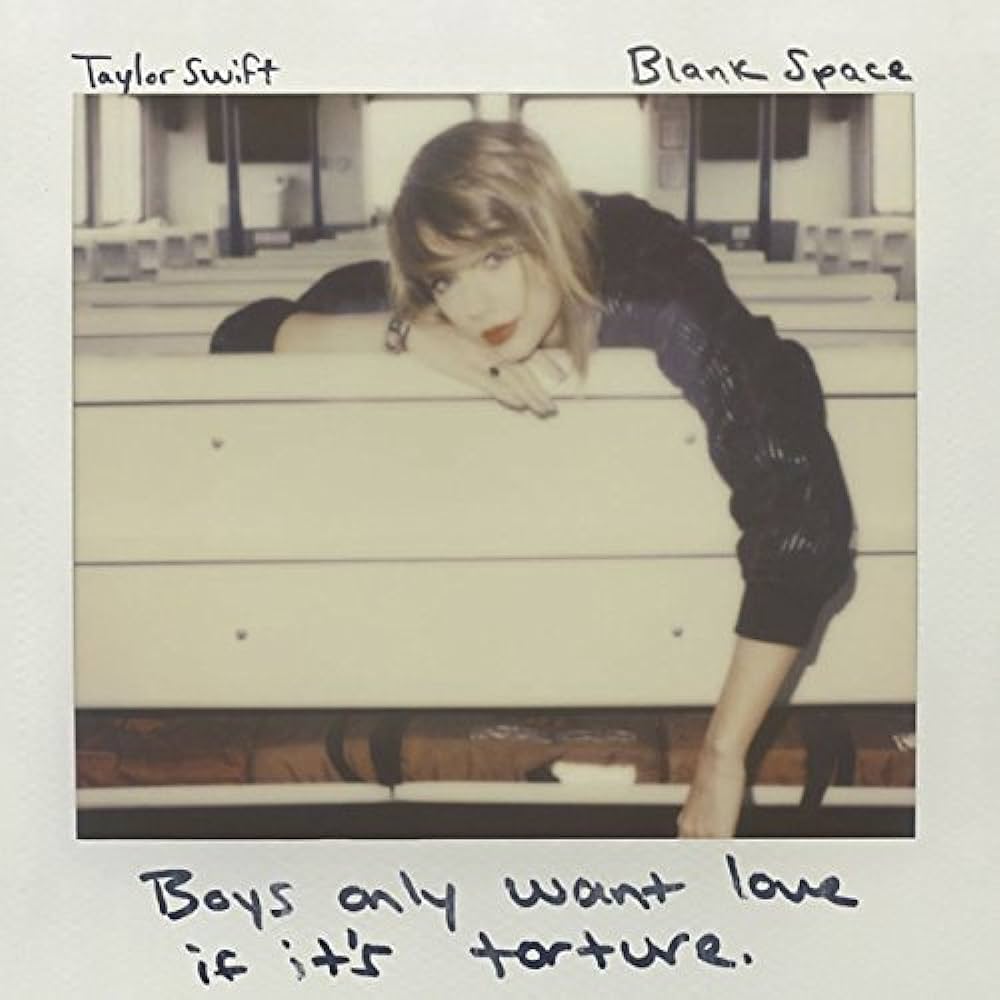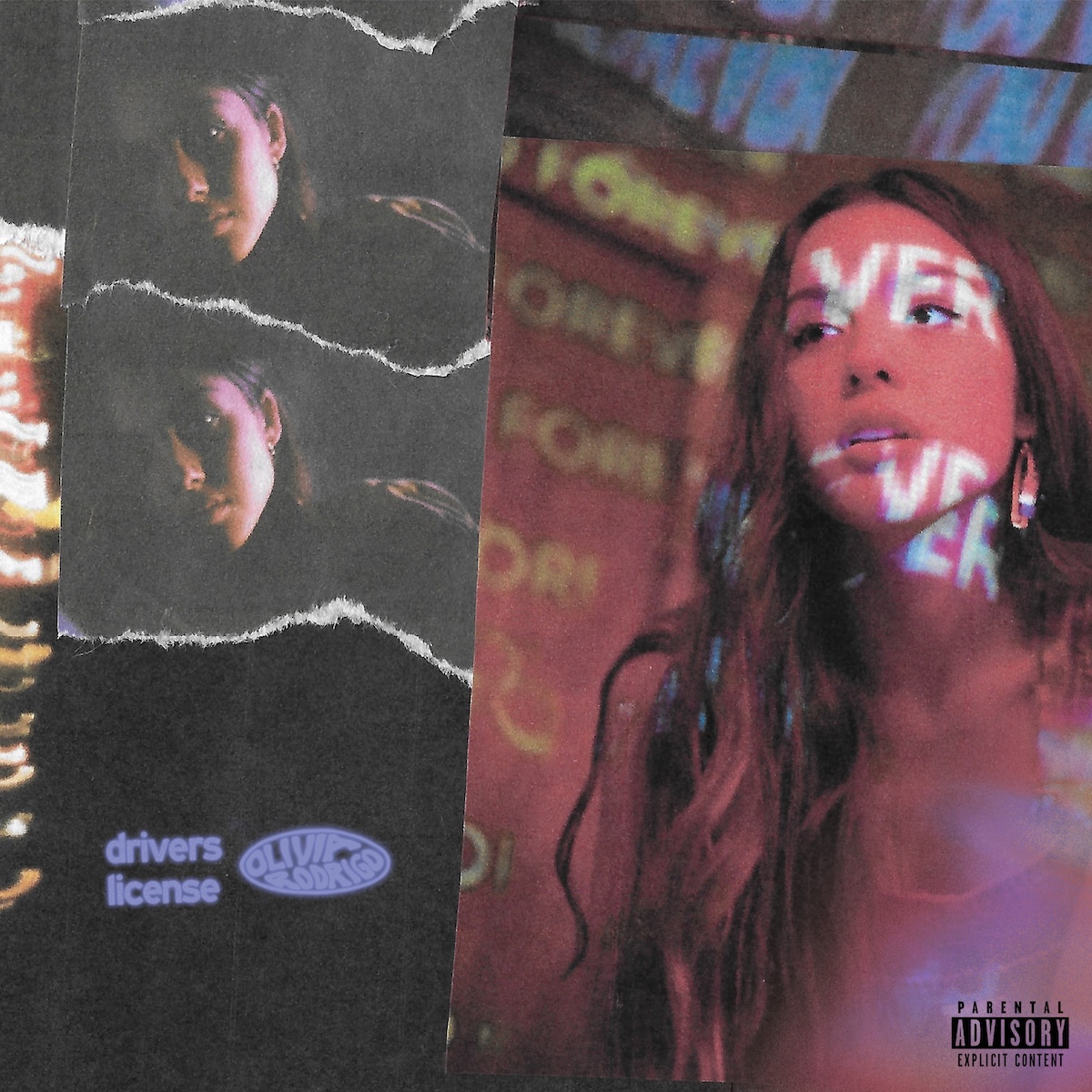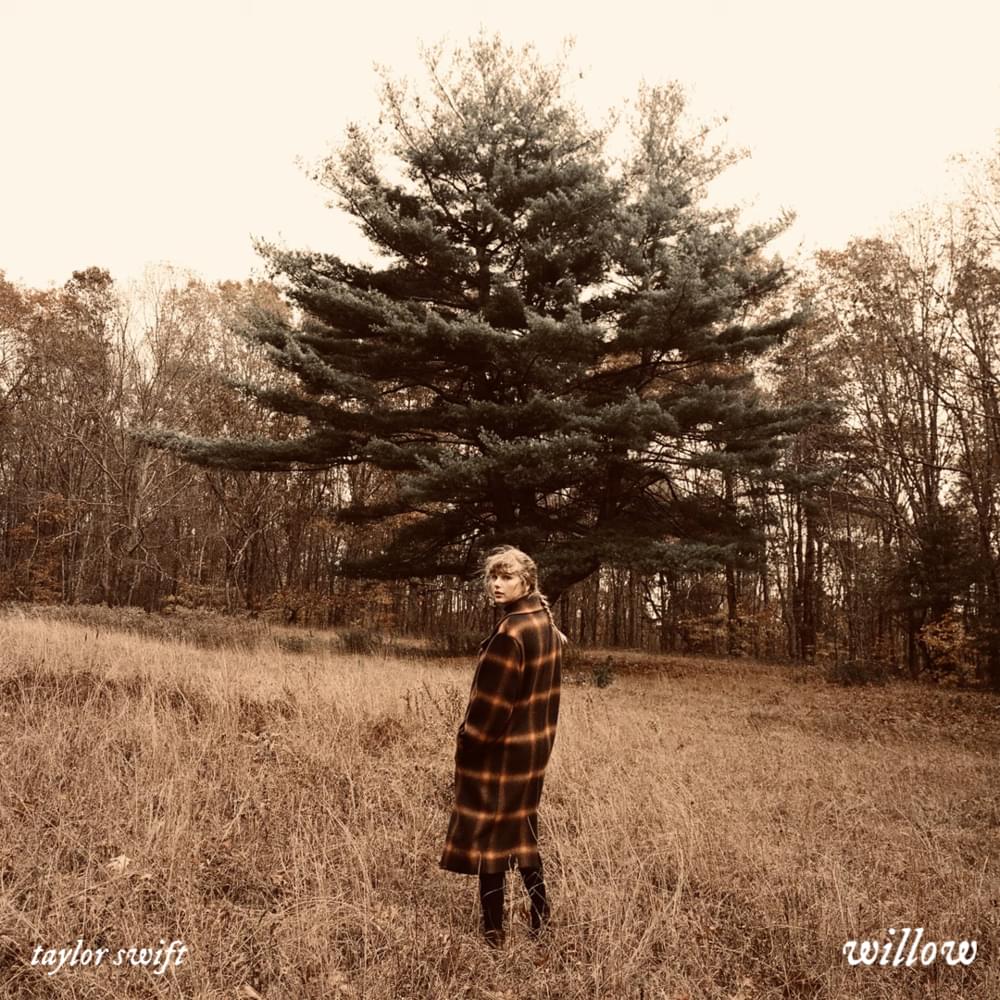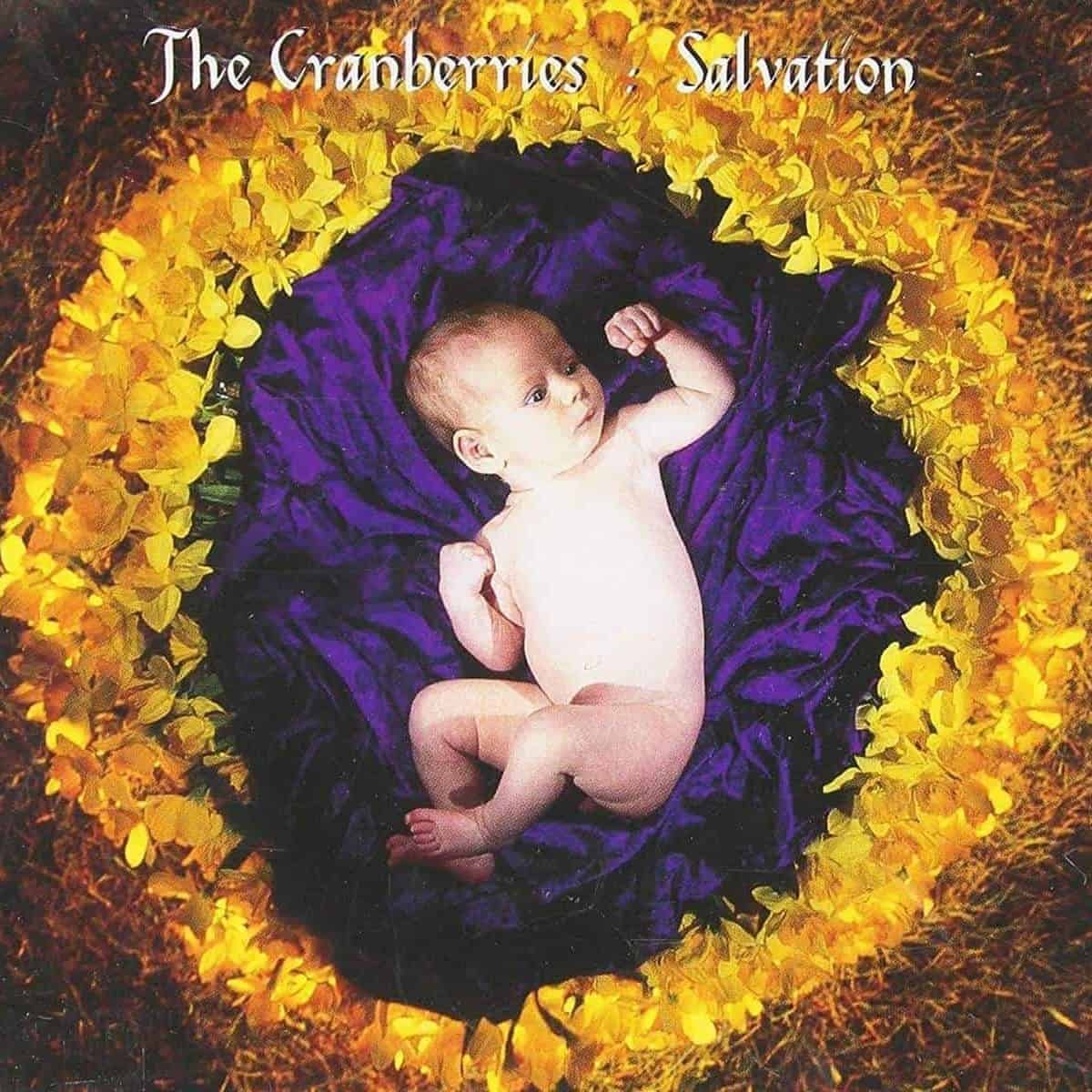November 29, 2014
- STAYED AT #1:7 Weeks
In The Number Ones, I'm reviewing every single #1 single in the history of the Billboard Hot 100, starting with the chart's beginning, in 1958, and working my way up into the present. Book Bonus Beat: The Number Ones: Twenty Chart-Topping Hits That Reveal the History of Pop Music.
Taylor Swift has always been self-aware. When she first arrived, she sang about singers ("Tim McGraw") or about songs ("Our Song"), using music itself as the way into writing about teenage feelings. Later on, when she had an actual public image to play around with, she took full advantage. Going way back, her songs are full of sly details -- like how "Dear John," her expert 2010 putdown of her ex John Mayer, has a great little parody of a John Mayer guitar solo. In recent years, Swift's self-awareness has become a tic, or maybe a crutch. She can't get away from it, and it's getting harder to hear her hooks amidst all their references. But when she made "Blank Space," Taylor Swift was on. She knew just how to mock and weaponize the media's perception of her.
The first single of a Taylor Swift record can be rough going. Whenever Swift rolls out a new album, she likes to lead off with something bright and punchy and immediate, something that'll sell a new phase of her elaborately plotted-out career. I can't argue with the results, since Swift has achieved total pop-star hegemony to the point that she no longer has any legit competitors. But those first singles are often cartoonishly silly, to the point of being obnoxious. That was the case with "Shake It Off," the monster hit that Swift used when she presented her mega-pop blockbuster 1989 to the world. It worked.
While "Shake It Off" took Taylor Swift to the next level of pop stardom, "Blank Space," that LP's second single, did something arguably even more important. It allowed her to get slyly funny in a way that just about everyone could appreciate, and it also moved her into a slinky-synthpop vein that fit her much more naturally than "Shake It Off" ever could. Plenty of pop stars write songs that comment on their public perception; it's the kind of thing that you have to do if you want to keep that stardom intact. But Swift did it more effectively than anyone, before or since.
With "Blank Space," Taylor Swift steered right into the tabloid noise that surrounded her career, and she flipped whatever comments she'd been reading about herself. She made herself a punchline, and she let the world in on the joke. Very few celebrities are capable of that kind of psychological judo, and Taylor Swift has done it again and again. She's never done it quite as well as she did on "Blank Space." Swift has made plenty of sharp, witty hits, but "Blank Space" is the sharpest and wittiest of them.
By its very nature, this column is all about winners -- people who played the pop-music game and, however temporarily, found themselves on top. It's the kind of thing that can get me accused of poptimism, which people have taken to mean the obsequious celebration of stuff that's already ultra-successful. (The concept of poptimism is way more complicated and interesting than that, but go read about that shit somewhere else.) Especially as this column gets deep into this digital era, I'm a little wary of getting too into the political maneuvering that helps decide the pop charts, the games that smart pop stars use to keep themselves on top. Sometimes, it can't be avoided.
With "Blank Space," Taylor Swift played that game extremely well, and her ability to do that is a big part of why she's essentially bigger than pop music itself now. I'll have to talk about the game when I talk about "Blank Space"; the love of the game is written into the track itself. Fortunately, though, it's easy to talk about "Blank Space" without coming off like I'm a pollster talking about a politician's decision to buy attack ads in certain counties -- or not just like that, anyhow. "Blank Space" is good strategy, but it's more than that. It's a banger, too.
Famous people date famous people. It just makes sense. They live utterly absurd lives that most of us could barely hope to comprehend, and also most of them are really hot. By the time that she made 1989, Taylor Swift had already been through public relationships with Joe Jonas, Taylor Lautner, John Mayer, Jake Gyllenhaal, Conor Kennedy, and Harry Styles. She'd used those dalliances for publicity boosts, and she'd written songs about those boys. But she didn't like the way the tabloid press cast her as a serial dater, a maneater. That's the subject of "Shake It Off," or at least the line about "I go on too many dates." It's a subject that comes up again and again through her catalog -- the idea that she's catching criticism for doing the exact same thing that lots of famous men do.
The point is a fair one, but it doesn't always make for Taylor Swift's best songs. You can identify with a song about falling in or out of love, even if the song is really about some Kennedy kid whose existence has nothing to do with yours. But most of us can't relate to songs about commentators and internet randos judging our dating decisions. Maybe that's changing now, as social media turns everyone into a celebrity in their own minds, but those songs are often among Swift's most solipsistic. I have a lot of sympathy for the impulse behind Swift's 2019 single "The Man," but I think the song is kind of a drag. ("The Man" peaked at #23.)
Maybe "Blank Space" is the best of Taylor Swift's feminist-adjacent date-who-I-want message songs because it's the one where she has the most fun. She's said that "Blank Space" started off as a joke, and its beauty is that it never really stops being one. She's also said that the song is "just zingers, one after another after another," a technique that she says she picked up from listening to Fall Out Boy. (She later worked with Fall Out Boy's Patrick Stump on the Speak Now vault track "Electric Touch," which peaked at #35 last year.) But if "Blank Space" is all zingers, then they're zingers with purpose, all riffing on the idea that she uses dudes up and tosses them away.
Swift's "Blank Space" lyrics are all cartoon-logic vamp quotables. Oh my god, look at that face, you look like her next mistake. She's dying to see how this one ends. She can make the bad guys good for a weekend. Darling, she's a nightmare dressed like a daydream. These lines are all practically custom-made to live on as Instagram captions, a style that also did awfully well for Drake, the only millennial pop star who ever came close to matching Swift's prolonged dominance. Her "Blank Space" lyrics are all funhouse-mirror exaggerations, but it sounds like it would be fun to be that narrator, at least for a little while.
It's worth pondering: Was Taylor Swift really just satirizing her own public image, as she claimed whenever anyone asked her about "Blank Space"? Or was she maybe also poking fun at her own gleefully unhealthy tendencies? Swift got more explicit with self-criticism on later songs, and "Blank Space" is too funny and loopy to qualify as that. But that protagonist is so finely observed that I'm not sure she's entirely fictional. Either way, Swift had a good time inhabiting the character.
Swift co-wrote "Blank Space" with Max Martin and Shellback, the same collaborators that she used on her first two #1 hits. But Swift wrote the bones of the track herself, and she made sure that the world knew it. At the end of 1989, Swift included voice-memo versions of three songs, "Blank Space" among them. She let the world hear those songs in their earliest-possible versions, when she was just singing acoustic sketches into her phone -- in this case, with Max Martin and Shellback yelling out ideas as they popped into their heads. It's about the crudest form of demo that you can imagine, but you can tell that the song was basically already there before Martin and Shellback touched it.
It's fun to hear those little portraits of songs when they're just coming together. Later, Swift realized that she could economically weaponize her voice memos, including them as exclusive bonus tracks on different editions of her albums. As I write this, Swift has been sitting atop the Billboard album charts for the past two months, partly by continually releasing new versions with new voice memos. It's a little exhausting, but she's playing the game by its own rules, and people keep buying those things.
Max Martin has earned a reputation as the mysterious mastermind of 21st-century pop music. On the list of songwriters with the most #1 hits, Martin recently surpassed John Lennon, and now only Paul McCartney is ahead of him. (Given that lots of Lennon/McCartney songs are really either Lennon or McCartney, you could argue that Max Martin is the single most successful pop songwriter in history; talk amongst yourselves.) Max Martin was not the puppetmaster behind those Taylor Swift hits, but they represent one of the ways that he was able to alter his style and stay relevant over the years.
In the TRL and Teenage Dream eras, Max Martin stayed on top by cranking out thumping dance-pop earworms that showed euphoric disrespect for the English language. Martin grew up speaking Swedish, and he's way more into melody than lyrics, so he was fine twisting words into meaningless tortured-grammar tone poems. With a lyrics-first writer like Taylor Swift, though, Martin had to figure out new ways to function. He and Shellback work as supporting players, coming up with musical beds that turn Swift's melodies into pure ear candy. With "Blank Space," they might've discovered the sound that still serves as Swift's default setting today.
As my colleague Chris Molanphy pointed out when the song first hit #1, "Blank Space" doesn't really sound like anything from the year 1989, album title or no album title. Instead, it recalls the sighing, cinematic synthpop of the mid-'80s. (Chris writes that "it would have sounded right at home on the radio of mid-to-late ’85, sandwiched between hits from Tears For Fears and Icehouse," and I love that kind of specificity.) There's tons of silence on "Blank Space," which makes all the ghostly keyboard melodies and drum-machine heartbeats hit that much harder. The "Blank Space" production hums and shivers with a quiet melodic insistence that might owe something to one of Swift's friends, former Number Ones artist Lorde.
On "Blank Space," the acoustic guitars fit right in with the bloops and baps. Swift could've easily recorded "Blank Space" as a country song, and it would've worked just fine. But I love the way the tingling emptiness of Max Martin and Shellback's production gives Swift room to get silly, and it also allows for fun little sonic details like the clicking-pen sound effect that shows up when Swift sings that she'll write your name in her blank space, baby. Shellback played almost every instrument on the song, with Martin helping out on the keyboards and drum programming. The sound anticipates the moody synthpop that Swift would make with Jack Antonoff over the next decade, and it smoothly navigates the pop charts' shift away from maximalist EDM boom.
The thing that really kicked "Blank Space" into the stratosphere was the video. Director Joseph Kahn, a music-video hall-of-famer who'd also made the Fast & Furious ripoff Torque and the teenage slasher comedy Detention, depicts the "Blank Space" lyrics almost literally, cranking them up to goofy absurdity. Swift swans around a gigantic mansion, awaiting the arrival of square-jawed and anonymous male model Sean O'Pry. When he arrives, they engage in standard photogenic rich-people rituals: Eating at opposite ends of her gigantic table, dancing in her otherwise empty ballroom, walking dobermans and riding horses around her immaculately manicured lawn. She hangs a portrait of him on her wall. They carve their initials into a tree. Things go bad.
As soon as O'Pry commits the unforgivable crime of looking at his phone, Swift goes into unhinged Sunset Boulevard mode. She hacks up his suits and lights them on fire, slashes his portrait, digs her golf clubs into the side of his pretty little souped-up luxury-convertible ride. The moment that he flees in terror, she summons another guy who looks almost exactly the same. Swift clearly has a blast conveying insane mascara-smeared jealousy. For my money, "Blank Space" is easily her best video, and it's probably the best acting performance that she's ever given, in any medium. (Swift is absolutely fucking amazing at accepting the cheers of a gigantic stadium with humble pride, but I don't count that as acting.)
The "Blank Space" video came out a couple of weeks after Swift released 1989. There was a whole rigamarole with the video release -- an early leak, a botched Good Morning America premiere, an American Express-sponsored augmented-reality thing that I've never been bored enough to try. Still, the video was an instant phenomenon. People watched it over and over, turning it into memes. Swift still wasn't allowing her music to stream on Spotify, but the numbers on the "Blank Space" video were more than enough to make up for a lack of any other streaming services. In its first week, the "Blank Space" video drew nearly 20 million views, enough to push the song from #12 to #1, making Hot 100 history in the process.
After Meghan Trainor's "All About That Bass" finished its near-endless reign of terror atop the Hot 100, Swift's "Shake It Off," which hadn't gone away, bounded right back up to #1, probably on the strength of 1989 album-release excitement. When "Blank Space" knocked off "Shake It Off," Swift became the first woman in chart history to pull off back-to-back #1 hits. (A caveat: Fergie had already done it as a member of the Black Eyed Peas, if that counts.) The press seems to constantly invent newer, more arcane chart records for Taylor Swift to shatter, but that one really says something. Swift had taken a firm grip on the national imagination, and she hasn't let it go since.
"Blank Space" is a textbook example of a peak-power star playing and winning the meta-celebrity game, and I'll admit to admiring the sheer mercenary strategy that went into its rollout. The song understood how to meme itself when that was still a new thing. Maybe some of those memes weren't intentional. When Swift sang about her long list of ex-lovers, plenty of people misheard it as "lonely Starbucks lovers," which led to some extremely funny online reactions. But that kind of thing only drives a song that much deeper into the connective unconscious. "Blank Space" lives on in the meme arena. When the UK's Channel 4 wants to clown outgoing dingbat Prime Minister Liz Truss for quitting the job after a month and a half, "Blank Space" is sitting right there.
But "Blank Space" isn't just great strategy; it's also a great song. You don't really get pop writing cannier than this -- the self-awareness, the writerly economy, the hooks that can loop in your head without making you want to veer into oncoming traffic. I can't put "Blank Space" into the top echelon of Taylor Swift songs because I never feel emotionally involved with it, the way I do with her most soaringly sincere bangers. But Swift does winky irony almost as well as she does precise emotional bloodletting. "Blank Space" is motherfucking craft at work. Respect it.
1989 was already triple platinum when "Blank Space" reached #1, and the album went platinum again during the song's long reign at #1. 1989 also got the best reviews of Swift's career, at least to that point. You will not be surprised to learn that I fucking loved it.
Relatively low-key synthpop jams like "Blank Space" were probably key to the way Swift gained acceptance among the kinds of grown-ups who'd already written her off as a teenage phenom. 1989 is full of Max Martin/Shellback bangers, but it's also got deep cuts that Swift recorded with less obviously mega-pop types like Jack Antonoff and Imogen Heap. ("Out Of The Woods," one of those Antonoff tracks, came out as a kind of for-the-heads stealth single and peaked at #18.) Plenty of the Martin/Shellback tracks work on that level, too. Ryan Adams, someone who I don't plan on mentioning in this column again, released his full-album acoustic-mutters 1989 cover in 2015. For months, I heard that thing in the breweries and coffeeshops that were evidently too timid to play actual Taylor Swift songs. Her cultural saturation was nearly complete.
From the perspective of Taylor Swift's kajillions-strong fan army, most of her huge singles don't age as well as the cult-favorite deep cuts that get the biggest cheers at her shows. When she sings "Shake It Off" at the Eras Tour, it feels vaguely perfunctory, while the surprise-song acoustic mini-set are the climax of every gig. I think "Blank Space" exists somewhere between those extremes, and she really turns the song into a production.
Taylor Swift released her re-recorded "Blank Space" on the Taylor's Version of 1989 last year. She made it without Max Martin or Shellback. It mostly recreates the original with unsettling accuracy, but it doesn't have quite the same manic glee. On the charts, the Taylor's Version version did pretty well, peaking at #12. Earlier this year, W got a whole battalion of Oscar contenders to sing and/or recite "Blank Space" on camera. The song is gonna be forever. It's never gone down in flames.
Swift followed "Blank Space" with one of the slinkiest tracks from 1989: the sighing, humming, rain-streaked neon-noir infatuation reverie "Style," which Swift presumably wrote about future Number Ones subject Harry Styles. ("Style" peaked at #6. It's a 9.) The 1989 album cycle wasn't over yet. Swift hadn't yet tapped into the record's biggest, loudest, brattiest Max Martin/Shellback track, but she would. She'll be back in this column soon, and she'll have company.
GRADE: 9/10
We rely on reader subscriptions to deliver articles like the one you're reading. Become a member and help support independent media!
BONUS BEATS: In a genuinely funny 2015 Saturday Night Live opening monologue, Woody Harrelson sang "Blank Space," changing the lyrics to recount his hazy recollections of the year 1989. Harrelson's Hunger Games castmates -- including Liam Hemsworth, the presumedd subject of a few songs that are relevant to this column -- helped out. Here it is:
BONUS BONUS BEATS: In 2014, the Michigan band I Prevail scored a radio hit with a godawful arena-metalcore version of "Blank Space." Here's the video, but don't say I didn't, say I didn't warn ya:
(That "Blank Space" cover is I Prevail's only Hot 100 hit. It peaked at #90.)
BONUS BONUS BONUS BEATS: In 2015, Stephen Malkmus And The Jicks played a show for little kids, and they covered "Blank Space." Here's Malkmus giving that song the same energy, precision, and emotional investment that he regularly brought to Pavement performances:
BONUS BONUS BONUS BONUS BEATS: Fuck, I guess I have to mention Ryan Adams again. In 2015, presumably as an Adams diss, fellow indie-folkie type Father John Misty covered "Blank Space" in the style of the Velvet Underground, which basically means that he blankly recited the lyrics while his band played the "I'm Waiting For The Man" instrumental for six minutes. The result is almost unlistenable, but here it is:
(The Mist has no Hot 100 hits to call his own, but he did co-write Beyoncé's "Hold Up," which peaked at #13 in 2016.)
The Number Ones: Twenty Chart-Topping Hits That Reveal The History Of Pop Music is out now on paperback via Hachette Books. You can read it like a magazine. Buy it here.






